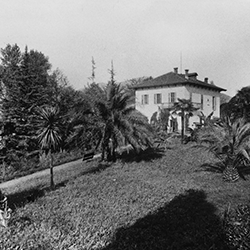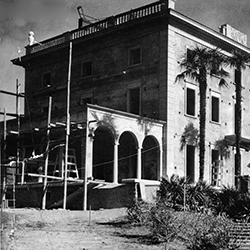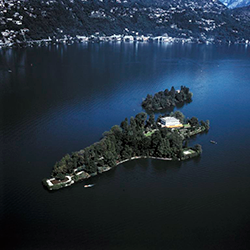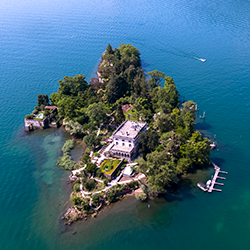Home- The Islands
- Visit
-
Activities and events
Activities and events
-
Botanical garden
Botanical garden
- Meteo7°
- Language



